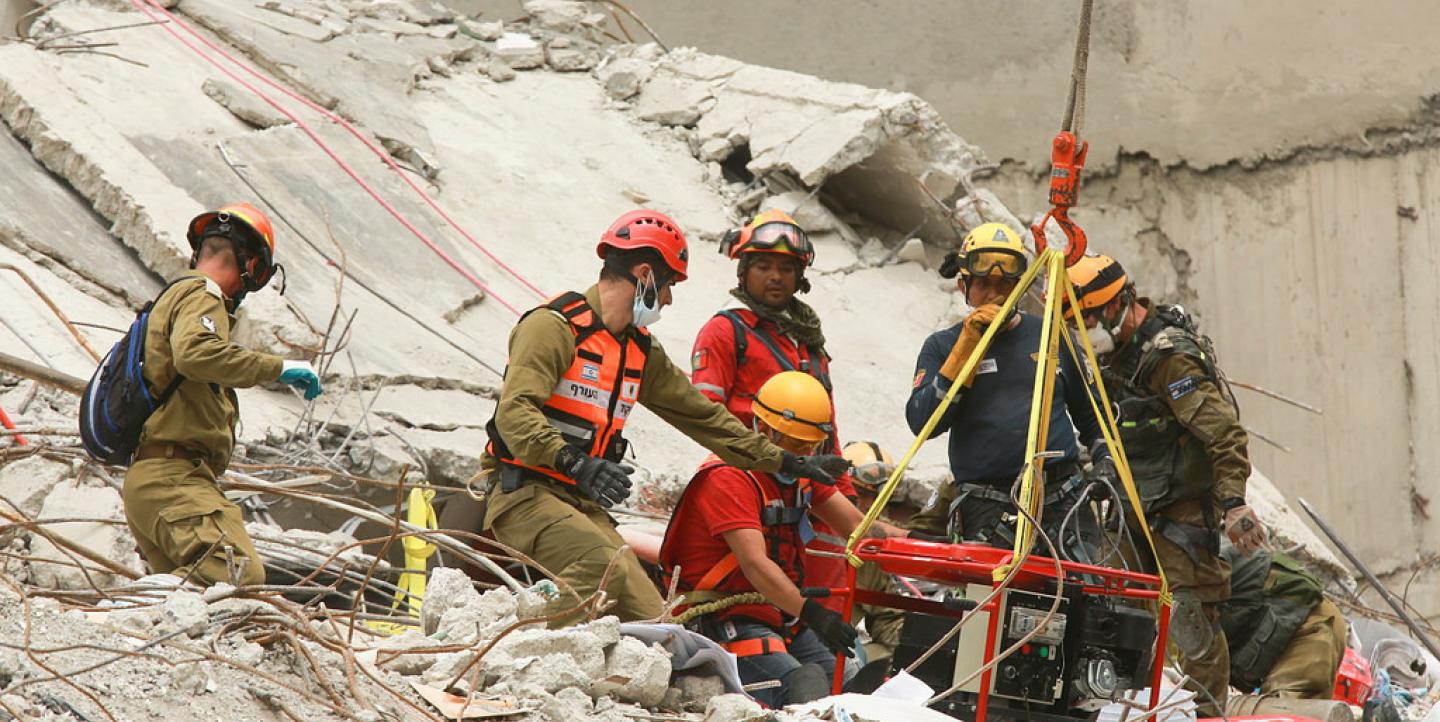Communication is aid. When natural disasters hit, like Mexico's catastrophic Sept. 19 earthquake that has left the country still reeling, information “can help save lives and mitigate risks,” according to the CDAC network. Reliable information, that is.
At a time when fake news related to everyday events is widespread and anticipating the confusion the disaster could cause, journalists and citizens took on the task of checking data related to the earthquake that shook Mexico City and other parts of the country, resulting in hundreds of deaths, injuring thousands and causing major damage to infrastructure.
#Verificado19s was born hours after Mexico shook, “to find ways of verifying information appearing on media outlets and social media,” its website explains. A digital platform, it collectively maps and registers in a database the damage caused by the earthquake, as well as the needs and availability of donations at shelters and supply centers and the offers and calls for volunteers.
The information is collected through forms citizens can fill out. Volunteers then fact check them in real time. Based on Google’s Crisis Map, the result is a spatial overview of the situation in Mexico City and the states affected by the earthquake.
Amid a wave of solidarity and a massive response from Mexicans to aid others in need, #Verificado19s aims to “organize information to make citizens’ response more efficient.” In a matter of hours, it became the most reliable source of information for those looking to help.
Sandra Barrón, a journalist and social innovator, was in Tuxtla Gutiérrez, in the state of Chiapas, when the earthquake hit. Far from her home in Mexico City, she took to social media to see what the situation was like. She found a lot of confusion about what was going on and what help was needed.
"Being far away I realized I could fact-check doubts people had on social media," she explains. Using Google News and exploring Facebook groups and Twitter, she began to monitor what was being said and verifying it. People responded and started contacting her on Twitter to get information.
On Thursday, upon returning to Mexico City, she joined volunteers at #Verificado19s to continue fact-checking.
Today they added a platform to report missing people, #V19sBuscandonos, to make it easier to identify and find those who have not been located after the earthquake.
#Verificado19s is a joint effort of volunteer activists, programmers and journalists with support from social organizations like Artículo 19, CartoCrítica, Cultura Colectiva and more, with additional help from Google, McKinsey and Vice.
Other initiatives also emerged to compile and organize information related to aid provision and needs, like SismoMexico.org, InfoSismoMx and ComoAyudar.mx. Meanwhile, Codeando Mexico, a civic innovation platform, launched a website to report and debunk fake news.
The need for these verification efforts became clear after the Frida Sofia hoax. A 12-year-old girl allegedly trapped under the debris of a school, efforts to save Frida Sofia were broadcasted on national TV for hours and replicated around the world. The story turned out to be false; the girl did not exist.
The government, meanwhile, called on citizens to help avoid the spread of fake news. With telephone services interrupted after the earthquake, information was mainly being shared via social media, especially WhatsApp, a messaging app popular in Latin America, accelerating the spread of rumors. The Secretariat of Social Development, through its official Twitter account asked the population to “follow official accounts and avoid spreading unverified information.” In an attempt to stop the spread of rumors of another seismic movement, a government official tweeted that “earthquakes can’t be predicted.” He then shared a brief guide on how to verify information. News outlets like Verne and CNN published a series of tips on how to use social media during the crisis and how to avoid replicating false information.
Today in Mexico, civil society is making efforts to make sure communication really is aid.
Main image CC-licensed by Flickr via IsraelMFA.

